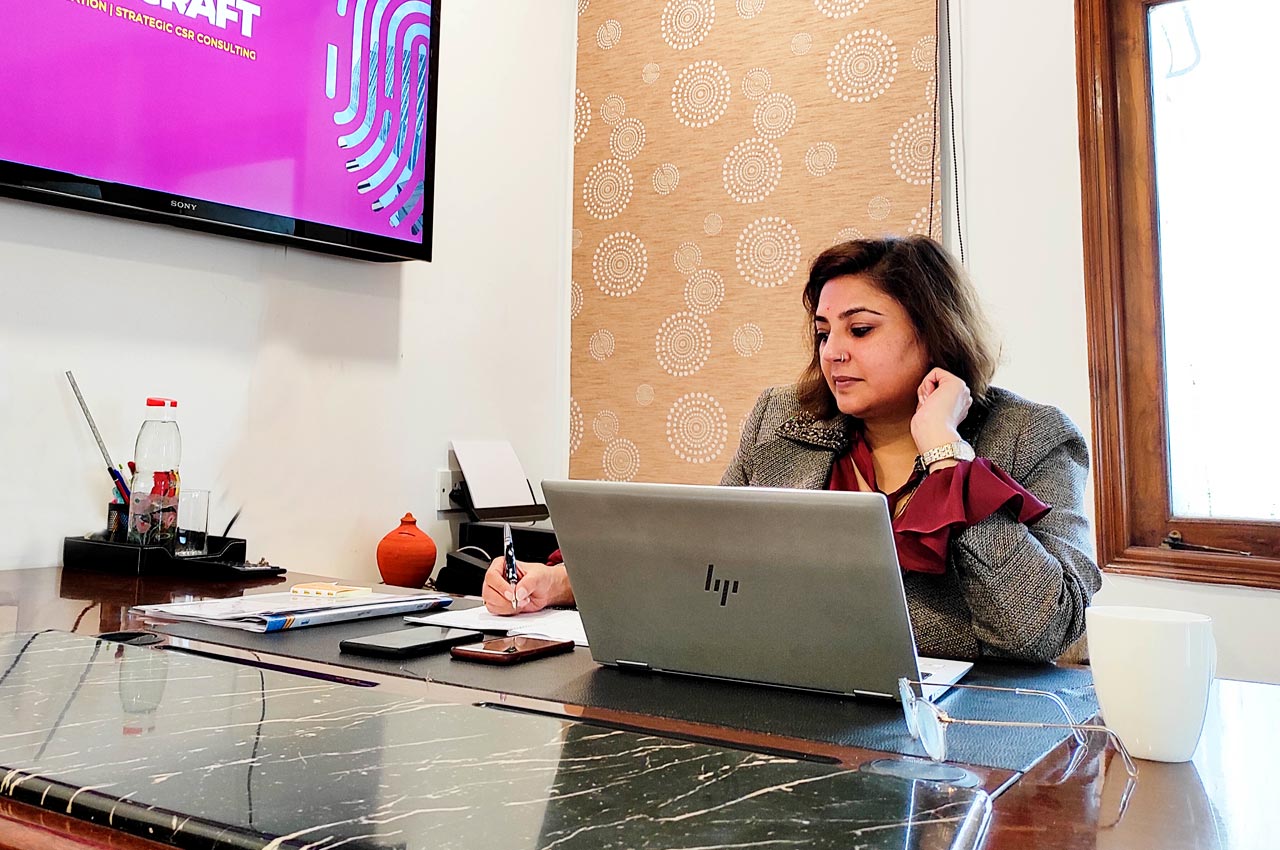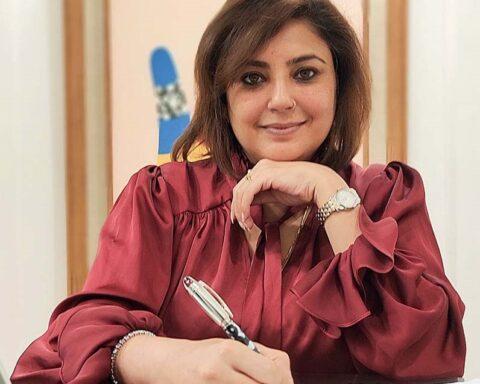Mohandas Karamchand Gandhi turned nonviolence into a confrontational act, one that was strong and deep-rooted enough to bring one of the greatest empires human history has known to its knees, based on a creed of offering the other cheek. But, seven decades on from the day India gained its independence from Britain, riding almost exclusively on the Mahatma’s philosophy of confronting brutality with peace, the world struggles in the grip of an ever-widening cycle of violence. Almost everywhere one looks, bloodshed and oppression stalk the world – from governments repressing their own citizens to movements that are bred on a thesis of terror being the only language, to normalisation of inter-personal domination and control by brute force and infliction of pain.
Yet, even in this almost orgiastic miasma of pain and misery sweeping the world, there are shoots of sensibility and outreach towards attempting a change in this poisonous atmosphere. Conflict resolution and moves to mainstream a broader and more encompassing understanding of the other’s point of view have been long underway and a number of institutes around the world have been working on creating platforms and media of compassionate outreach, lessening of aggressive posture and language, and creating space for dialogue, which is featured in this issue.
As if to counter this doom and gloom scenario came India’s display of prowess at the recent Tokyo Paralympic Games, which have now traditionally become a follow on to the Summer Olympics, held a year late in the hospitable and hi-tech capital of Japan. From track and field to the archery and shooting ranges to the badminton and table tennis arenas, India’s para-athletes performed like never before, the 19 medals from these single Games overshadowing the 12 in toto won since India debuted at the 1968 Paralympics in Tel Aviv-Yafo. Yet, whether this will change things on the ground in terms of the differently-abled being perceived and accepted as “normal” remains to be seen. Suffice it to say a start has been made by the feats of our para-athletes who have made an enormous statement of intent, that of staking a claim to being regarded as being the same as everyone else.
Also in this issue, we examine how the Covid-19 outbreak and subsequent waves of infection that swept an unprepared world from 2020 have brought the spotlight back on zoonotic diseases and the fact that the world is going to have to learn to live with them, especially the SARS-CoV-2 strain if expert opinion is anything to go by. The fact is, as the World Health Organisation put it, influenza outbreaks have killed and will kill again in millions, and it is something the world will have to learn to live with as it has with so many other crossover diseases in the past. With growing ecological imbalance and erasure of borders thanks to global trade and travel, public health organisations and experts have been spurred into creating a roadmap to deal with afflictions that harbour the ability to evolve and mutate swiftly and have immense lethal potential. Covid-19 was a wake-up call the world cannot ignore and it cannot afford to confine the action to narrow national interests. This is yet another global issue, and one that can only be tackled by united action.
Sumi Gupta
EDITOR-IN-CHIEF


























